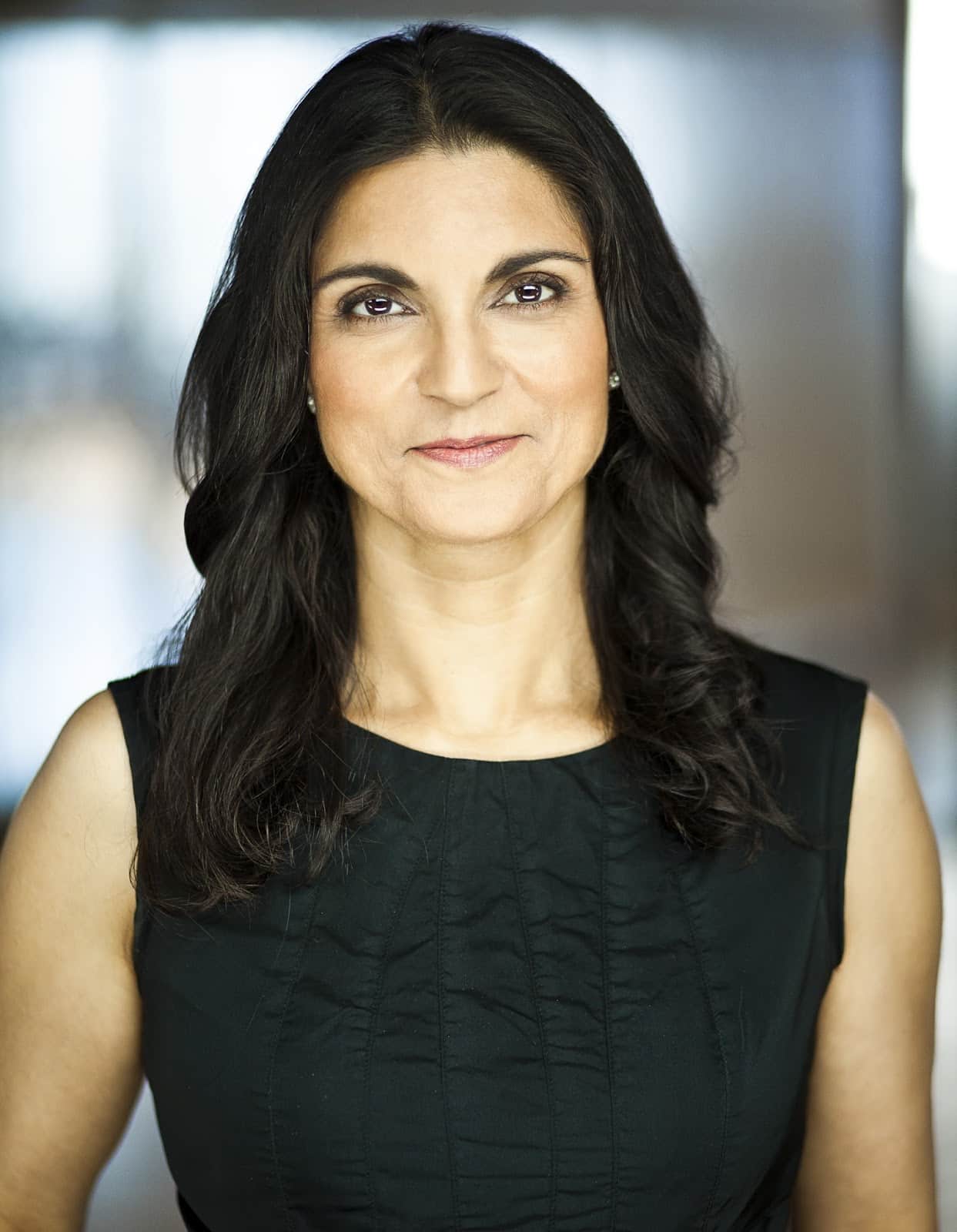
Scientific research has helped to bring mindfulness and meditation into mainstream culture, medicine, and psychology. Your doctor can officially prescribe ‘meditation’ as a treatment for depression or stress because it is now regarded as evidence-based. How did this come about? Let’s briefly review the science of meditation over the last several decades to understand this evolution.
When you meditate, you may clear away the information overload that builds up every day and contributes to your stress.
Today, everyone seems to know that meditation can improve physical and mental health and there is ample research to support this. It’s common knowledge that meditation can decrease depression and anxiety, increase resilience, and increase empathy and compassion. The earliest scientific research on meditation revolved around physical functions. In recent years, as technologies to study the brain developed and become more refined, scientists have also been able to study the effect of meditation on emotion and mood. Specifically, we are able to look at the relationship between meditation and the mood continuum, from clinical depression to everyday happiness and well-being.
The Study of Meditation
Scientists first studied meditation in the 1930s. The research of the time showed that meditation affected breathing patterns, heartbeat, and oxygen consumption. As instruments became increasingly sophisticated, so did the findings. By the 1960s, brain waves, respiratory rates, and pulse rates could be studied. Researchers found that meditators demonstrated an orderly progression from beta to alpha brain waves which are associated with a state of calm and relaxation and what we now term mindful attention. Advanced meditators demonstrated theta waves which are associated with very deep relaxation and calm, dream states, and creative and spiritual states.
One of the most fascinating studies from the 1960s involved Japanese scientists attaching electrodes to the heads of Zen meditators and observing brain patterns as the meditators listened to a ticking clock. It was found that the Zen meditator’s brain listened in a different way than the ordinary way which is to quickly get desensitized to the tick-tick of the clock. The Zen meditator’s brain perceived each tick as though it were the first tick. Thus, the notion of the present moment. This translates into a sense of freshness and newness.
In the 1970s Herbert Benson, MD, a Harvard cardiologist and founder of the Mind Body Medical Institute at Massachusetts General Hospital, travelled to the Himalayas to investigate Western relaxation techniques and meditation. His work showed that there are four common elements to all forms of relaxation:
- A calm environment;
- Physiologic relaxation of muscles;
- Letting go; and
- The use of an object as a point of focus—the breath, a flame, a physical sensation, a thought, or a word.
Doctor Benson’s important research marked the beginning of medicine’s interest in meditation as a technique to help patients with a variety of symptoms. He coined the term ‘relaxation response.’ His well-known medical work revolved around using transcendental meditation to help cardiac patients control and lower blood pressure.
Mindfulness-Based Stress Reduction (MBSR)
Then around 1980, Jon Kabat-Zinn, PhD, created a program called Mindfulness-Based Stress Reduction (MBSR). It combines the meditative elements of hatha yoga, vipassana, and Zen. Kabat-Zinn defines mindfulness as paying attention in the present moment in a particular, nonjudgmental way. The moment to moment nonjudgmental awareness is central to the MBSR teachings. This program is now offered in hospitals and clinics all over the world as a treatment method for stress. Kabat-Zinn’s work, along with a few other researchers, served to bring meditation and mindfulness not only into mainstream medicine, but mainstream culture as well. The use of social media and digital technologies has also helped to spread knowledge and make it accessible to people looking to improve their lives.
MBSR was originally developed to treat stress, but its therapeutic uses quickly expanded and now physicians and therapists commonly use mindfulness techniques with patients and clients, either as a treatment or adjunctive to another treatment modality. For example, an internist might prescribe a blood-pressure lowering medication and recommend yoga to a patient with hypertension. Practitioners and health care providers from all fields themselves are increasingly using mindfulness and meditation to enhance and maintain their own health.
After MBSR came on the scene, psychologists began to study meditation and clinical depression. Of note, are three researchers Zindel Segal, Mark Williams, and John Teasdale. They effectively incorporated mindfulness with cognitive behavioral therapy (CBT), an already standardized and extremely popular short-term treatment for depression. They developed what is called Mindfulness-Based Cognitive Therapy (MBCT). This program has been shown to reduce the risk of relapse by nearly 50 percent in chronic, recurrent depression. As a result of this significant research finding, MBCT quickly became very popular and is offered worldwide now.
Conclusion
In the midst of MBSR and MBCT, there are mindfulness-based interventions (MBI), mindfulness-informed techniques and interventions, mindfully-informed cognitive behavior therapy, and more. It’s easy to get confused. Working with your physician or health care provider is the best way to determine how to incorporate mindfulness and meditation into your mood and well-being continuum.


Leave a Reply